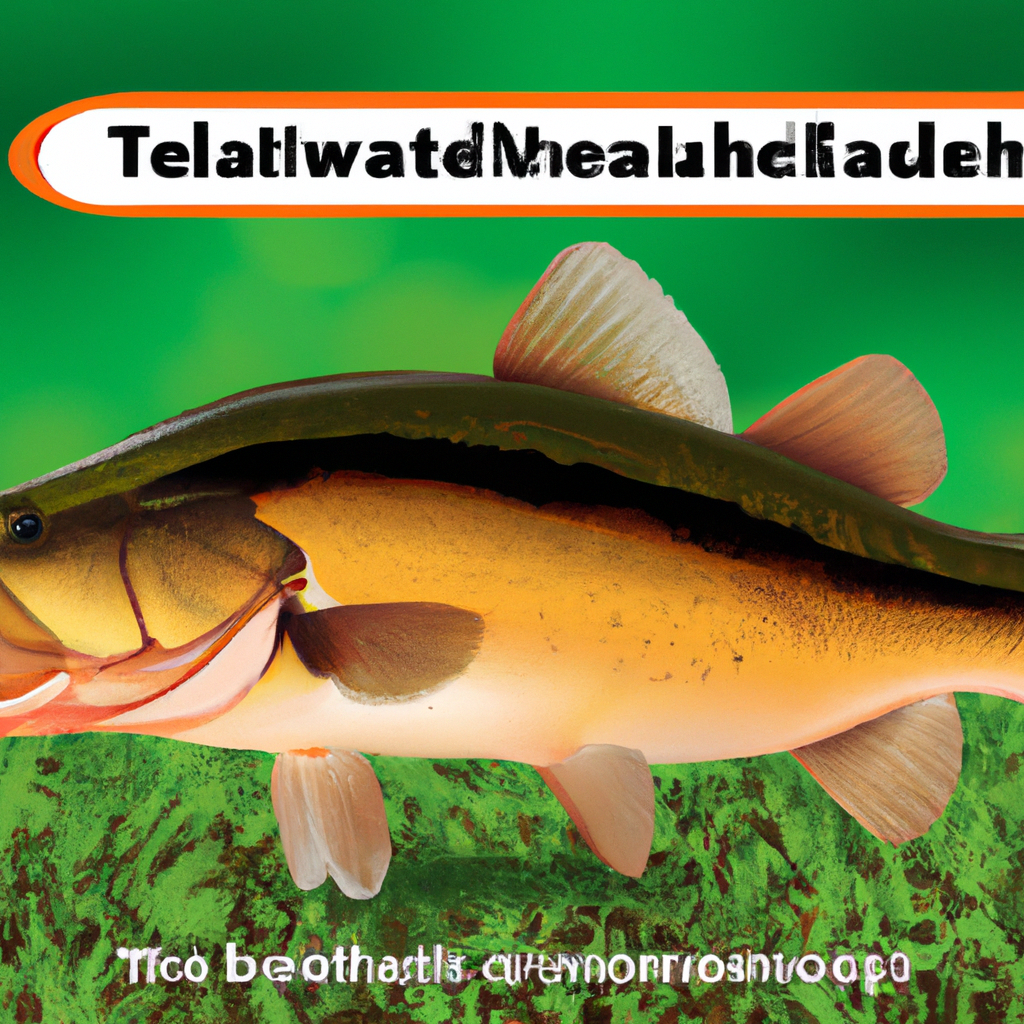Introduction
The largemouth bass, also known scientifically as Micropterus salmoides, is one of the most popular species of game fish in North America. Anglers are attracted to them for their aggressive fighting style and tasty flesh. This comprehensive guide will explore the world of largemouth basses, their habitat, their behavior, their biology, and how to catch them.
Habitat
In the United States and Canada, largemouth bass can be found in freshwater rivers, lakes, ponds and reservoirs. They prefer warm shallow waters with lots of vegetation such as lilypads, submerged trees and aquatic plants. These structures allow the bass to ambush prey and hide away from predators.
Largemouth bass are voracious hunters that feed on smaller fish, insects and aquatic creatures. They are known for ambush hunting, where they wait for their prey before striking with lightning-speed. Bass are most active at dawn, dusk and night, making these times the best for anglers to target.
Biology
The largemouth bass is distinguished by its large mouth, which can expand and swallow prey whole. The body is greenish-olive in color with dark stripes running down the sides. Bass have an acute sense of hearing and sight, which allows them to detect vibrations in the water and locate food.
Reproduction
The largemouth bass spawns in the spring when water temperatures reach 60 degrees Fahrenheit. The female bass will lay eggs in a nest that the male bass has created, usually in shallow, protected water. The male bass will guard the eggs until they are old enough to survive on their own.
Fishing Techniques
Among the many techniques that can be used to catch largemouth basses are topwater fishing, crankbait fishing, flipping and pitching and jigging. Anglers can lure bass with artificial lures or even live bait like minnows, worms and crayfish. Matching the bait to the conditions and behavior of the bass is essential for a successful catch.
Largemouth Bass Tips
1. Use light fishing gear to feel subtle bites from bass. Test out different lures and baits until you find the best one. Fish in areas that have plenty of cover such as fallen rocks and trees. Largemouth bass are finicky eaters. Be patient and persistent. Catch and release is a great way to conserve the bass population.
Conclusion
Largemouth bass are fascinating species of fish that offer exciting fishing experiences to anglers. You can increase your odds of catching this prized game fish by understanding their habitat, behaviour, biology, as well as using the right fishing technique. Grab your fishing gear and test your skills to catch the mighty largemouth basses!




